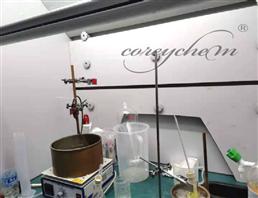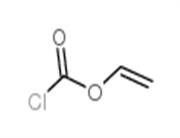Description
Capreomycin is a kind of antibiotics for the treatment of tuberculosis. It should be noted that it is for second line treatment, being used for targeting active drug resistant tuberculosis. It is mainly used for the treatment of mycobacterium tuberculosis. It is a cyclic peptide antibiotic similar to viomycin, being produced by Streptomyces capreolus. It belongs to the aminoglycoside family of antibiotics. The exact mechanism of action of capreomycin is largely unknown. It is indicated that it blocks the protein synthesis of mycobacterium tuberculosis through binding to the 70S ribosome, and also inducing abnormal protein synthesis in bacteria.
References
https://www.drugbank.ca/drugs/DB00314
https://en.wikipedia.org/wiki/Capreomycin
Uses
Capreomycin is a complex of cyclic pentopeptides isolated from Streptomyces capreolus, first reported in 1962. The complex has two major components, IA and IB, with an exocyclic lysine residue and two minor delysinyl components, IIA and IIB. Capreomycin is a potent antibiotic with activity against mycobateria, Gram positive and Gram negative organisms. Capreomycin acts by binding to the 23S ribosomal subunit, disrupting protein synthesis.
Indications
Capreomycin (Capastat) is a polypeptide antibiotic derived from Streptomyces capreolus. It is bacteriostatic against most strains of M. tuberculosis, including the MDR strain. In addition, it is active against M. kansasii, M. avium, and in high concentrations, some grampositive and gram-negative bacteria. Like other antitubercular drugs, resistance to capreomycin occurs rapidly if the drug is used alone.There is no cross-resistance between streptomycin and capreomycin, but some isolates resistant to capreomycin are resistant to viomycin.
Brand name
Capastat Sulfate (Lilly).
Pharmacology
Capreomycin is poorly absorbed from GI tract and so must be given parenterally. It is excreted mainly unchanged in the urine following glomerular filtration. Capreomycin is a used as a second-line agent in combination with other drugs. It appears to be particularly useful in multidrug regimens for the treatment of drugresistant tuberculosis, especially with streptomycin resistance. Capreomycin is associated with ototoxicity and nephrotoxicity, and these adverse effects can be severe in patients with preexisting renal insufficiency.

 China
China




